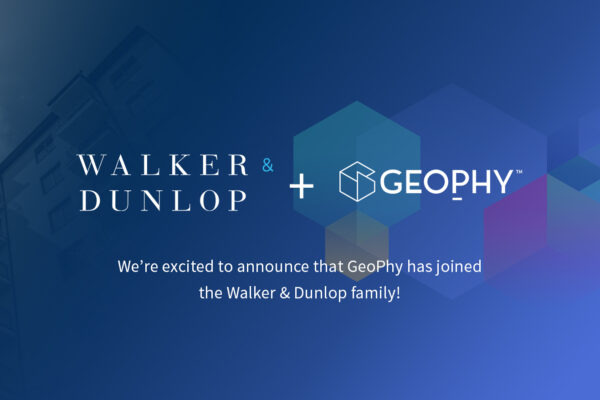Keeping AVMs Relevant in a Volatile Market
Retraining with more recent market data hones accuracy

Multifamily housing has been on a tear throughout the pandemic. Rising prices are not only crushing cap rates, they’ve also been impacting the accuracy of automated valuation models (AVMs). But the team behind Evra by GeoPhy anticipated these changes and kept executing our existing process to keep our AVM accurate.
As would an underwriter, Evra by GeoPhy’s AVM largely estimates a property’s value from historical data. We also incorporate some trends we are seeing in the data about the surrounding neighborhood – much as an underwriter might look to tweak an estimate based on observations about a neighborhood’s direction.
In a market like the one before the pandemic, these inputs allowed our AVM to become highly accurate. Investors were buying multifamily properties, but at prices solidly tethered to the underlying fundamentals. Our AVM’s values tended to be within 5% of a property’s actual transaction price. In statistical terms, it’s called the median average percentage error or MdAPE. Our data scientists had managed to work the MdAPE down from 10% at our AVM’s launch in 2017.
Reining in Bull Markets’ Havoc
As the bull market progressed over the last year, our AVM’s MdAPE did something we hadn’t seen in its years of improvement. It reversed course, rising to 7.11%.
There was a simple solution: Send the AVM back to school. That doesn’t mean re-engineering how it comes up with a value. It means re-training the AVM using more recent transactions, a standard part of our process.
As part of that regular process, we updated the data we use for benchmarking with fresh transactions from 2020 and 2021. That’s when the market was en fuego. Some of the transactions came from actual appraisal reports generated by Apprise, GeoPhy’s joint venture with Walker & Dunlop.
The goal of this exercise is to teach the model about how market conditions have changed in the very recent past. This helps keep the AVM accurate, even in a very bullish market. So how’d we do?
An Improved AVM
Despite the continued (positive) market volatility, the retraining worked! The MdAPE for Evra’s AVM improved to 6.52% from 7.11%. We didn’t have to tweak our algorithms, we just had to run them against more recent data as we’d planned all along. While not down to the 5% that we’d experienced previously, we’re pretty proud of that number – just as we were proud of the 5% number in a more stable market.

Remember that our AVM is trying to predict the value at which a transaction will take place. Based on an underwriter’s approach to valuing an asset, an AVM cannot anticipate that an investor hungry for a deal in today’s market might be willing to pay significantly more. After all, it’s hard – and dangerous – to model human emotions that swing transaction prices beyond fair value. That’s not our game.
Our entire universe is the U.S. multifamily market, about 425,000 properties with five or more units. Zillow produces one of the best known AVMs for the much larger residential real estate market. There are more than 104 million properties in Zillow’s universe. As of May 27 this year, its Zestimate had a nationwide MdAPE of 6.9% for off-market homes.
Zillow knows the residential market pretty well. From our MdAPE, we’d say we know the multifamily market just as well.
Sign up for a free trial of Evra and see the values we have for your properties!


